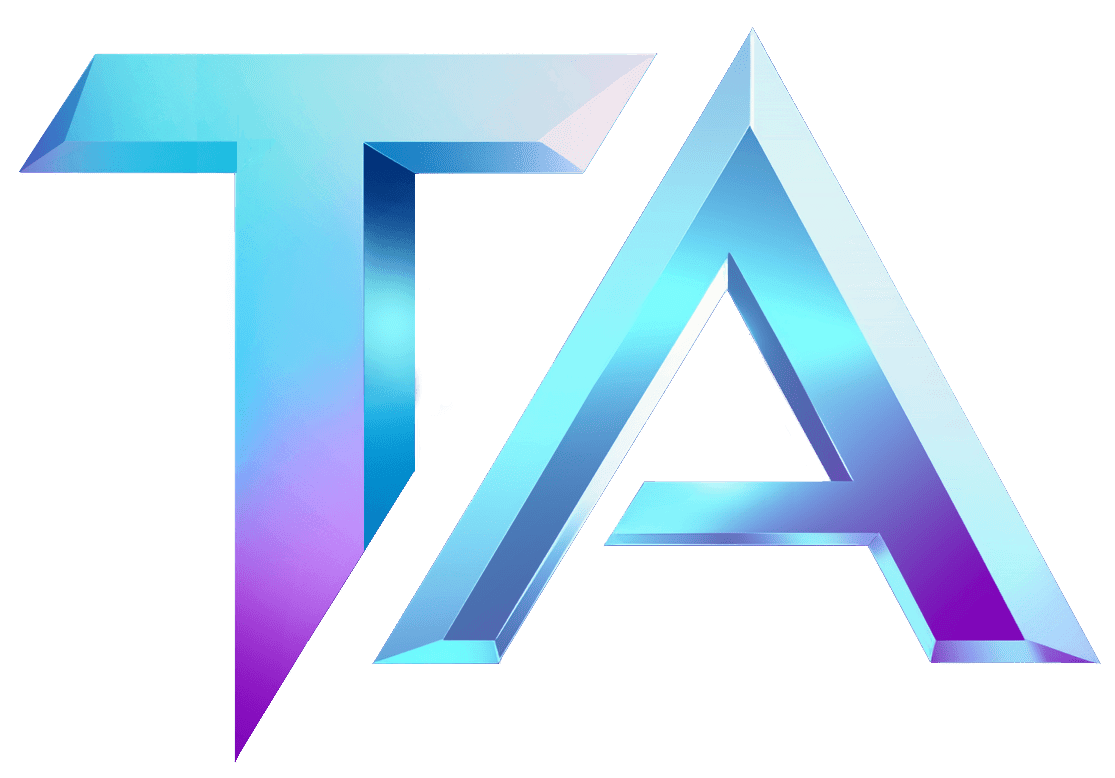Exploring Solana Network Architecture | Titan Analytics

Exploring Solana Network Architecture
At Titan Analytics, we’re passionate about the potential of blockchain technology, particularly the Solana network. As a Solana validator and an analytics platform for Star Atlas, we have a unique lens on the inner workings of this innovative network. In this article, we’ll break down the architecture of Solana in a way that’s friendly and easy to understand, while keeping the technical chops intact.
What is Solana?
Solana is a high-performance blockchain designed for decentralized applications and crypto projects. Its architecture allows for thousands of transactions per second, making it one of the fastest blockchains available. The primary goal is to create a platform that is scalable, secure, and user-friendly.
Key Components of Solana’s Architecture
-
Proof of History (PoH):
- One of Solana’s most distinctive features is its use of Proof of History. This is a unique cryptographic technique that timestamps each transaction, creating a historical record that proves that an event has occurred at a specific moment. This allows nodes to agree on the order of transactions without having to communicate extensively with each other.
-
Transactions and Parallel Processing:
- Unlike many blockchains that process transactions sequentially, Solana employs a system called Sealevel, which enables parallel transaction processing. This means that multiple transactions can be processed simultaneously, significantly boosting throughput and efficiency.
-
Tower BFT (Byzantine Fault Tolerance):
- Solana incorporates a consensus mechanism called Tower BFT, which is optimized for the PoH timekeeping method. It allows the network to safely reach consensus even in the face of malicious actors, ensuring the integrity and security of the blockchain.
-
Decentralized Ecosystem:
- The Solana network is not just about transactions; it’s a thriving ecosystem that hosts various decentralized applications (dApps), including NFT marketplaces and DeFi platforms. This diversity enhances the functionality of the network and draws a wide range of users.
-
Interoperability:
- Solana is designed to easily integrate with other blockchains, facilitating interaction across different networks. This opens up possibilities for innovative applications that can leverage multiple blockchain features.
Benefits of Solana’s Architecture
- Scalability: Due to its ability to process thousands of transactions per second, Solana can support dApps without the performance concerns many other blockchains face.
- Low Fees: The efficient architecture of Solana translates into lower transaction costs, which benefit both developers and end-users.
- Developer-Friendly: With tools and resources designed for ease of use, developers can build and deploy applications quickly and efficiently.
Conclusion
Understanding the architecture of the Solana network is essential for anyone looking to engage with its ecosystem. From its innovative use of Proof of History to its robust decentralized architecture, Solana is paving the way for the future of blockchain technology.
If you’re interested in diving deeper into Solana data and analytics, we invite you to check out our Solana data modules at Titan Analytics Data Modules. For any inquiries or to learn more about how we can help, please feel free to reach out at Contact Titan Analytics.
References
Thank you for exploring the architecture of Solana with us. We aim to equip you with the knowledge you need to navigate this exciting landscape confidently!




